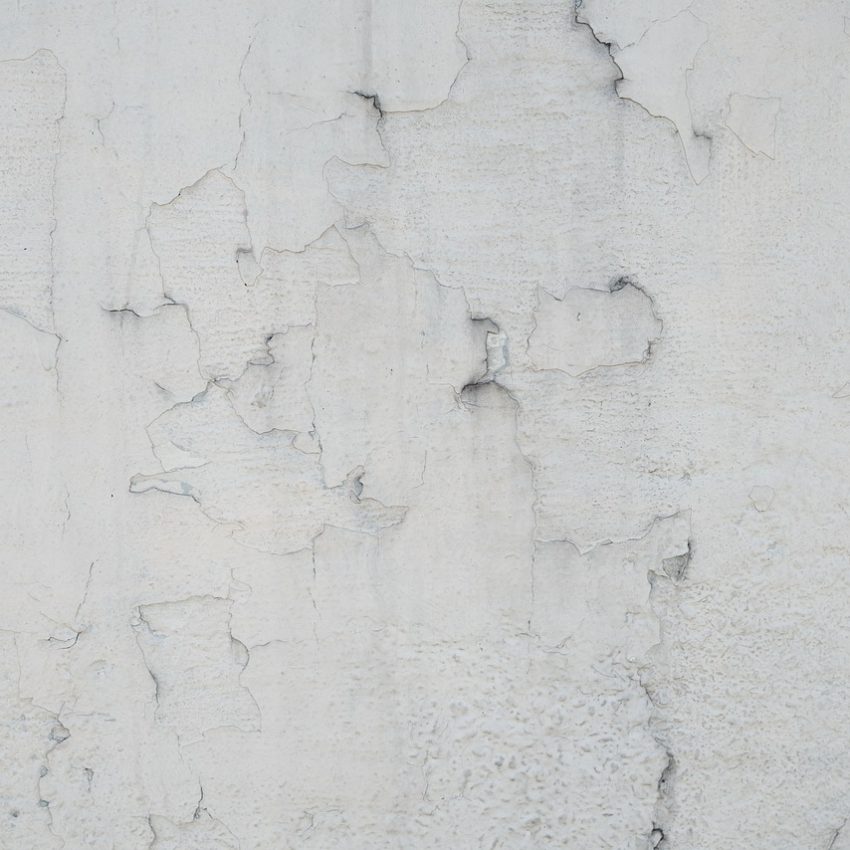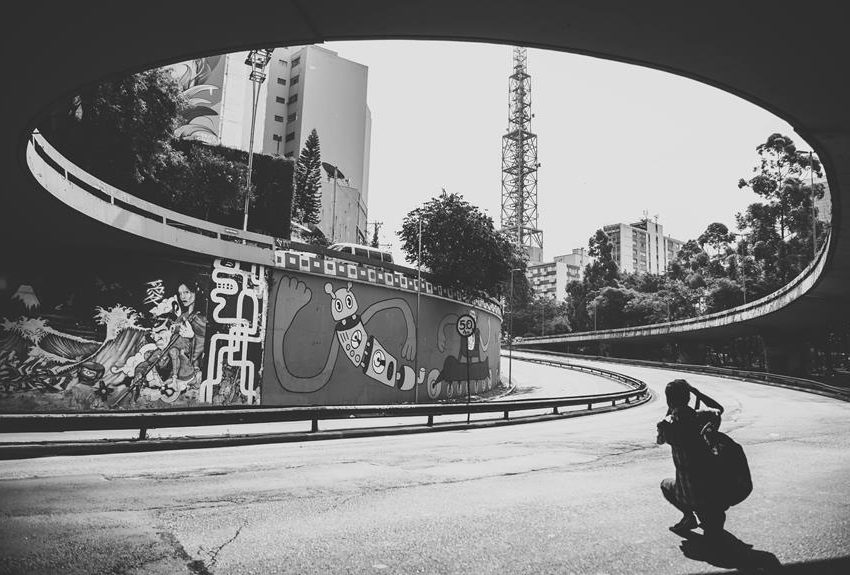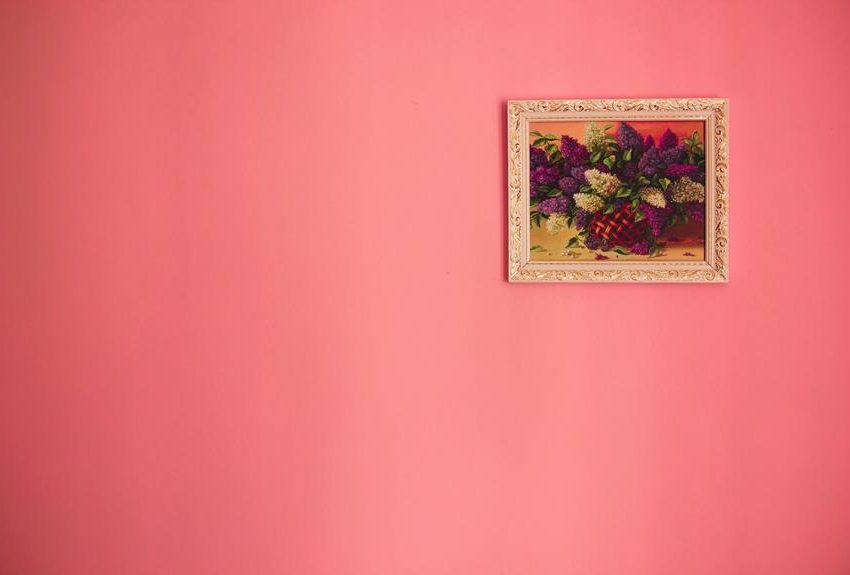WHAT IS PERSPECTIVE IN ART?
The exploration of “what is perspective in art” delves into a captivating realm that breathes life into flat images, transforming them into awe-inspiring three-dimensional masterpieces.
This fundamental inquiry serves as the cornerstone of artistic expression, influencing an array of techniques such as linear perspective, one point perspective, two point perspective, and atmospheric perspective.
The Magic of Perspective
As any art historian would agree, gaining a profound understanding of perspective in art is pivotal, as it significantly enhances the realism and proportionality of artistic creations.
Incorporating the principles of perspective adds a compelling depth to paintings or drawings, elevating them from mere representations to captivating, lifelike compositions.
This technique infuses artwork with intrigue and authenticity, creating an immersive experience for the viewer.
However, delving into the intricacies of perspective in art is essential to grasp its nuanced definitions and various types that contribute to its multifaceted nature.
So, what precisely is perspective in art, and how does it manifest in different forms?
Let’s embark on an exploration of this captivating concept, unraveling its intricacies and uncovering the diverse techniques that artists employ to breathe life into their two-dimensional canvases.
Defining Perspective in Art
Painters and illustrators can create the appearance of depth in their work by using the perspective technique.
It’s a method of graphically depicting three-dimensional objects and spatial relationships on a two-dimensional plane.
There are several types of perspective, each offering a unique viewpoint and interpretation of the scene.
Perspective in art serves as a foundational technique, allowing artists to skillfully integrate the illusion of depth into their works through various methodologies.
Types of Perspective in Art
Linear Perspective
Linear perspective is known as one point perspective but often called linear perspective by the important figures that create them, artists!
It involves the application of parallel lines converging towards a single vanishing point and is particularly impactful when depicting scenes with straight elements like a straight road or railway track.
The edges of these elements, often equal distance, converge towards a single vanishing point, adding a dynamic dimension to the composition, creating a compelling sense of distance and spatial relationships, resulting in one vanishing point.
This technique, rooted in mathematical laws, suggests depth on a two-dimensional surface, creating the illusion of three-dimensional space, enriching compositions with a heightened level of realism and dynamic depth which we will go on to discuss in a moment.
.
Aerial Perspective
Understanding atmospheric perspective, or aerial perspective, becomes crucial in enhancing the illusion of depth.
This technique leverages colour and contrast, with distant objects adopting a bluer hue and reduced contrast, mimicking the effects of distance and contributing to the overall realism of the artwork.
Most paintings concerning still life use this perspective. The concept of “atmospheric perspective” introduces the interplay of colour and contrast, particularly useful for depicting distant objects with reduced contrast and a bluer hue.
The inclusion of the “horizon line” plays a critical role in guiding the viewer’s perception, determining the vantage point and influencing the overall spatial depth of the artwork.
Two Point Perspective
A more intricate and sophisticated technique within the realm of perspective drawing is two-point perspective.
In this method, two vanishing points are strategically introduced, aligning with the placement of parallel lines in the composition.
This approach adds a layer of complexity to the artwork, as the convergence of lines toward two distinct points on the horizon allows artists to more accurately represent three-dimensional objects within the two-dimensional constraints of the canvas.
This technique draws inspiration from linear perspective, expanding upon the foundational principles of one-point perspective by introducing an additional vanishing point.
The first vanishing point typically aligns with parallel lines that extend along the horizontal plane, while the second vanishing point is positioned on the opposite side, accommodating the convergence of lines that run parallel along a different axis.
This strategic arrangement introduces a heightened level of depth and perspective, as objects in the artwork are perceived from different angles.
It’s particularly effective in portraying architectural elements, cityscapes, or any scene with parallel structures that extend away from the viewer.
In two-point perspective, the horizontal lines converge towards their respective vanishing points, emphasising the spatial relationships between objects in the composition.
The addition of vertical lines and their convergence towards the vanishing points contributes to a comprehensive depiction of the three-dimensional space.
This technique, akin to atmospheric perspective,allows artists to manipulate the perception of depth and distance, creating a more realistic and immersive visual experience.
While two-point perspective is considered a more complex approach compared to its one-point counterpart, its application greatly enriches the visual narrative, offering artists the ability to play with the viewer’s perception and engage them in a more dynamic visual experience.
Moreover, the inclusion of various vanishing points, as seen in three-point perspective, further intensifies the depth and complexity of the composition.
This advanced technique involves a third vanishing point typically placed above or below the horizon line, creating a nuanced spatial recession that captivates and intrigues the viewer even more.
Artists skilled in the application of two and three-point perspective not only bring a heightened sense of realism to their creations but also showcase a mastery of spatial manipulation that adds an extra layer of intrigue to their artistic endeavors.
Three Point Perspective
Artists engaged in “perspective drawing” explore diverse techniques such as “aerial perspective,” employing various vanishing points, and even the intriguing “three point perspective,” which introduces a third vanishing point.
Through the meticulous use of “straight lines” and “imaginary lines,” artists construct an intricate web of visual elements, manipulating the viewer’s “visual perception” and encouraging exploration of the composition.
Three Point Perspective is an advanced technique in the realm of perspective drawing, building upon the foundational principles of linear perspective, one point perspective, and two point perspective.
In traditional linear perspective, artists employ parallel lines converging towards a single vanishing point to create a sense of depth on a two-dimensional plane.
Two point perspective introduces two vanishing points and parallel lines, enhancing the realism of angular relationships.
Now, Three Point Perspective takes it a step further by incorporating a third vanishing point.
The convergence of orthogonal lines towards three vanishing points allows artists to portray scenes with heightened realism, particularly effective when illustrating towering buildings, skyscrapers, or any subject with significant vertical elements.
It is a powerful tool that art historians recognise as crucial in pushing the boundaries of perception and spatial understanding.
Examples of this multi point perspective can be found in architectural renderings, cityscapes with towering structures, or scenes with dramatic vertical elements where the third vanishing point contributes to the overall sense of scale and proportion.
As the viewer observes the meticulously drawn lines and the placement of the vanishing point, the visual journey through this form of perspective captivates, offering an immersive experience on what was once a flat surface.
Ground Plane
The concept of the “ground plane” emerges as pivotal elements in perspective, contributing significantly to the creation of an immersive space within the flush surface of the artwork.
Rooted in principles like linear perspective, artists manipulate the ground plane to establish a visual foundation, employing techniques such as one point perspective and two vanishing points.
The ground plane, often defined by parallel lines that converge towards a vanishing point, establishes a sense of spatial depth.
It intersects with the horizon line, a key aspect in perspective drawing, influencing the viewer’s vantage point and shaping the composition’s overall realism.
Artists utilize the ground plane in conjunction with vanishing points, incorporating techniques like atmospheric perspective to portray distant objects with reduced contrast and a bluer hue.
The interplay of the ground plane and vanishing lines contributes to the creation of realistic perspective, a fundamental goal in the exploration of perspective in art.
In the hands of skilled artists, the ground plane becomes a canvas for manipulating vertical lines, orthogonal lines, and even inclined planes, enhancing the visual impact of the artwork.
The significance of the ground plane is underscored by its role in scenes featuring a straight road or other linear elements.
This may involve the use of one vanishing point, creating a convincing sense of depth along a vanishing line.
Artists, akin to historians, employ the ground plane as a historical marker, grounding the visual narrative in a particular era or cultural context.
As artists navigate the exploration of perspective, the ground plane remains a crucial point of reference.
It facilitates the incorporation of various perspective techniques, shaping the perception of the viewer and transforming the horizontal surface from a mere backdrop to an integral component of the artistic narrative.
Through the manipulation of the ground plane, artists not only guide the viewer’s gaze but also create an immersive visual experience that transcends the boundaries of the flat surface, embodying the dynamic nature of perspective in art.
The topic perspective has intrigued art historians throughout history, with significant figures exploring the so-called binocular vision and single point perspective.
This pursuit involves the study of right angles and the understanding of how the viewer perceives a scene
Inclined plane
In the realms of both paintings and architecture, the concept of inclined planes serves as a dynamic and influential element, contributing to the visual composition and structural aesthetics.
In painting, inclined planes play a crucial role in creating depth and visual interest within the artwork.
Artists skillfully employ these planes to introduce a sense of movement and perspective, guiding the viewer’s gaze and imbuing the composition with a dynamic quality.
In landscapes, inclined planes can depict rolling hills, sloping valleys, or tilted fields, evoking a sense of topographical variation and reinforcing the illusion of spatial depth.
This manipulation of inclined planes is evident in masterpieces such as Claude Monet’s “Haystacks” series.
Where the gently sloping fields contribute not only to the realistic portrayal of rural landscapes but also to the overall atmospheric mood of the paintings.
Horizon Line
The horizon line, a fundamental element deeply entrenched in the principles of perspective drawing, serves as more than just an imaginary horizontal line at the viewer’s eye level;
It is a powerful orchestrator of visual narratives and a linchpin in determining the viewer’s vantage point.
Placed strategically on the picture plane, the horizon line holds the reins of the viewer’s perception, steering it towards a specific angle.
Whether it be from above, below, or directly in front of the scene.
This intentional placement of the horizon line, often considered an artful manipulation of the observer’s viewpoint, shapes the very essence of how the depicted world unfolds before their eyes.
In the context of conventional Renaissance picture space, the horizon line emerges as a pivotal player, assuming a central role in organizing the angular relationships within the composition.
During the Renaissance, artists were not merely painters but visionaries who understood the profound impact of the horizon line on the viewer’s engagement with the artwork.
By judiciously placing the horizon line, artists could evoke a sense of grandeur, humility, or intimacy, thus influencing the emotional resonance of the piece.
This deliberate orchestration of the horizon line was particularly evident in iconic Renaissance works such as Leonardo da Vinci’s “The Last Supper” and Michelangelo’s “The Creation of Adam,”
Where the horizon line’s meticulous positioning contributed to the overall visual harmony and narrative eloquence of these masterpieces.
Thus, the seemingly simple horizon line reveals itself as a masterful tool in the hands of artists, shaping not only the spatial dynamics within a composition but also the emotional and narrative tenor of the viewer’s experience.
Perspective in Architectural Drawing
On the architectural front, inclined planes offer a distinctive design element that breaks away from conventional geometric forms.
Architects strategically incorporate inclined planes into their designs to add an avant-garde touch, creating structures that stand out and challenge traditional perceptions.
Inclined planes can be observed in iconic architectural marvels like the Sydney Opera House, where the shell-like structures exhibit a series of inclined planes, fostering a sense of movement and fluidity in the building’s overall form.
The incorporation of inclined planes in architecture is not only an aesthetic choice but also a functional one, influencing factors such as rainwater drainage, natural lighting, and overall structural stability.
The utilization of inclined planes in both paintings and architecture showcases the versatility of this design element, demonstrating its capacity to enhance visual impact, evoke emotion, and contribute to the overall narrative of a composition or structure.
Perspective: More Than Just a Technique
Perspective in art extends beyond the confines of traditional Western painting. Modern art often embraces unconventional perspective techniques, deviating from normative depictions of spatial relationships.
The dynamic evolution of the art world continually prompts artists to experiment with perspectives that defy the viewer’s conventional viewpoint, creating a rich tapestry of visual expression.
Whether employing orthogonal lines to suggest depth or manipulating vanishing lines to create spatial illusions, artists engage in perspective construction as a means of guiding the viewer’s eye through the composition.
Inclined planes, horizontal surfaces, and equal distances between convergent lines all contribute to the intricate choreography of perspective within visual art.
The historical exploration of perspective has intrigued art historians for centuries, dating back to the fifth century when the concept of oblique projection was first explored.
From the theatrical scenery of ancient times to the contemporary art scene, the ongoing exploration of spatial relationships remains a constant in the ever-evolving landscape of the art world.
summary
In the intricate tapestry of perspective works, such as drawing, the significance of vanishing points cannot be overstated.
Among these, the central vanishing point emerges as a focal guide, akin to the North Star navigating a mariner across uncharted waters.
Positioned strategically, it serves as a magnetic force, directing the viewer’s gaze with unwavering precision toward a central figure or element within the composition.
The middle vanishing point orchestrates a visual symphony, harmonising disparate elements into a cohesive narrative that unfolds before the viewer’s eyes.
This intentional manipulation of perspective creates a sense of depth and realism, as lines converge toward the singular point on the horizon, drawing attention to the core of the artistic narrative.
As the narrative unfolds, the inclusion of various vanishing points, a hallmark of multiple point perspective, ushers in a dynamic exploration of diverse angles and viewpoints within the artwork.
This departure from the conventional reliance on a single vanishing point challenges the viewer to engage with the composition on a multifaceted level.
The canvas becomes a playground of perspectives, inviting the observer to meander through the intricate web of converging lines, each vanishing point opening a new visual pathway.
This deliberate complexity enriches the overall visual experience, creating a layered and immersive journey through the artist’s imagination.
conclusion
In the realm of multiple point perspective, the juxtaposition of vanishing points introduces an intriguing interplay of angles and spatial relationships.
Consider a cityscape rendered with three vanishing points—one for each major axis.
The convergence of lines along these distinct points breathes life into the composition, capturing the essence of urban sprawl, architectural grandeur, and the complexity of modern life.
Each vanishing point becomes a storyteller, guiding the viewer through the bustling streets, towering structures, and expansive horizons, creating a visual narrative that transcends the boundaries of the two-dimensional surface.
Moreover, the inclusion of multiple vanishing points opens avenues for artists to experiment with unconventional viewpoints, challenging the viewer’s perceptual norms.
Through the deliberate placement of these vanishing points, artists can manipulate the observer’s vantage point, prompting them to look up at towering skyscrapers or down into deep, winding streets.
This manipulation of perspective not only adds a layer of intrigue but also serves as a testament to the artist’s mastery in creating a multi-dimensional and captivating visual experience.
The exploration of multiple vanishing points, therefore, goes beyond a technical exercise; it becomes a deliberate choice by artists to transcend traditional limitations and infuse their work with a dynamic and immersive quality.
The canvas transforms into a realm where every vanishing point invites contemplation, every convergence of lines tells a story, and every angle challenges preconceived notions of perception.
In the hands of a skilled artist, multiple point perspective becomes a symphony of vanishing points, orchestrating a visual journey that captivates, challenges, and ultimately enriches the viewer’s encounter with the boundless possibilities of artistic expression.





